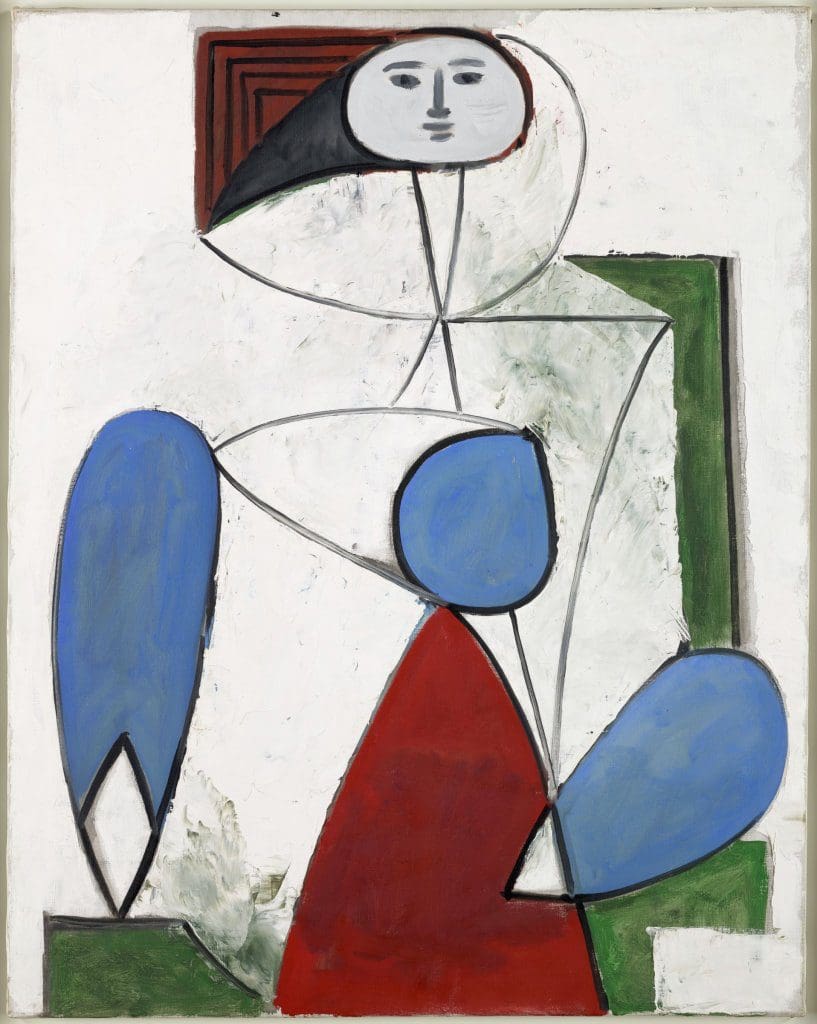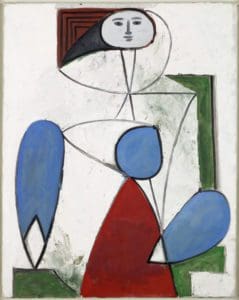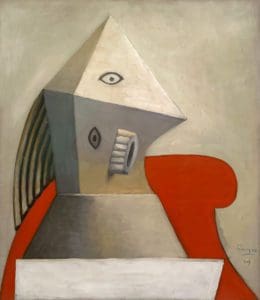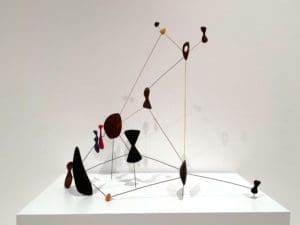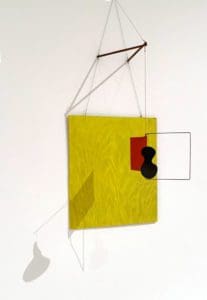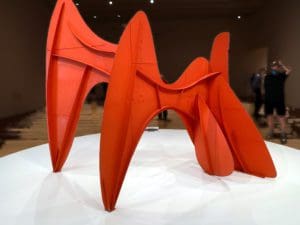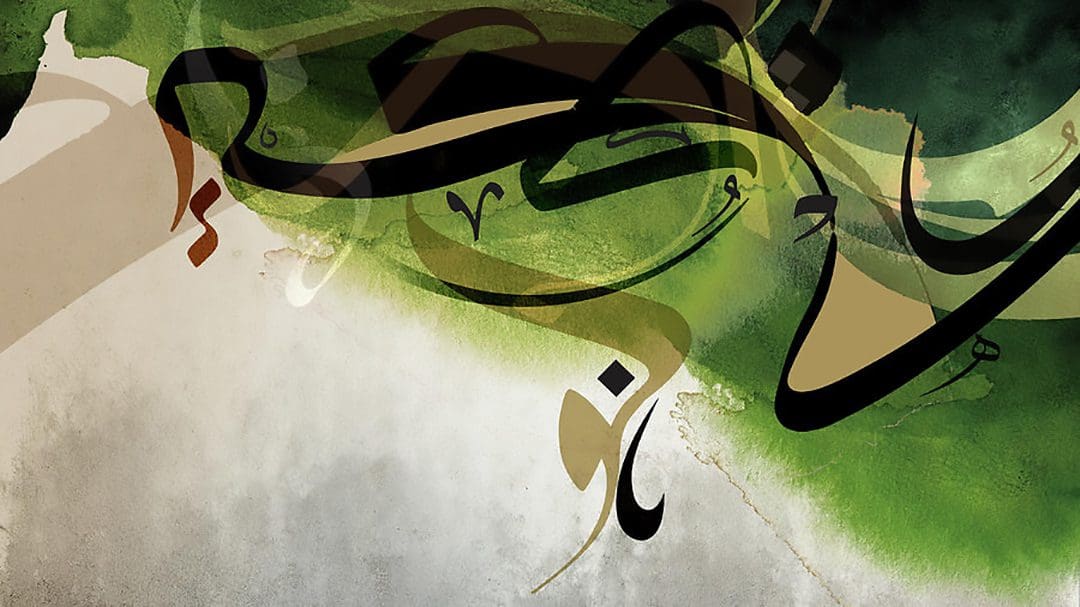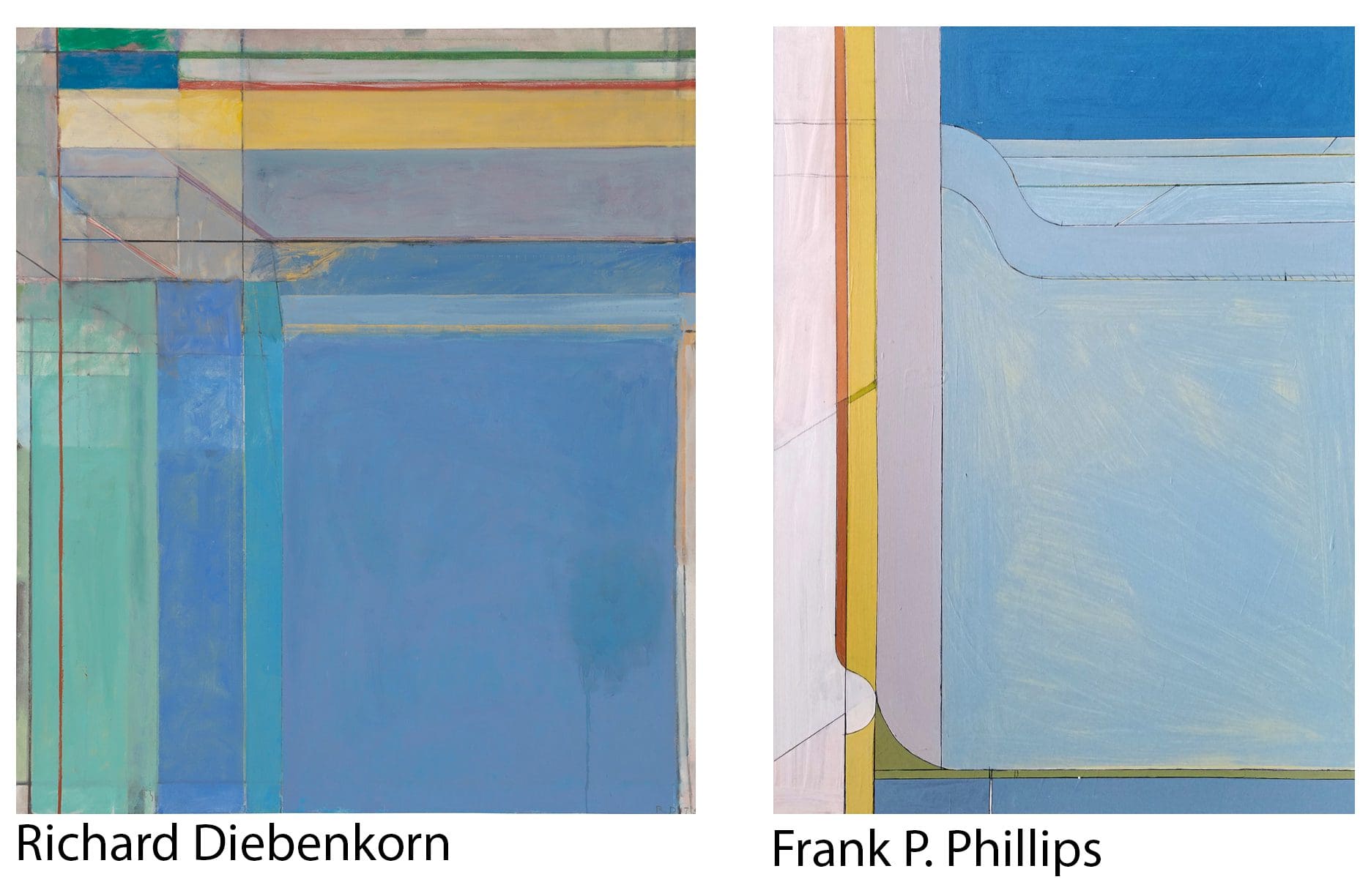Chery Baird talks with Jay Zerbe about her 2 books (so far!) of collages made from leftover scraps from her other 3 collage series (see my prior blog for more info about those).

Inspiring Art Topic Discussion Like This with Me & "Private" Community Artist Members
$12 Subscription gives you full-access to a growing vault of art related content with deep and personal comments from other artists, and more... at your finger tips. Click here to join before the subscription increase!



